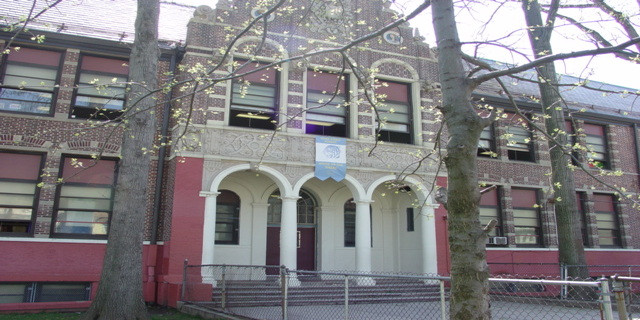History
Newark
Founded in 1666, the Newark community has a long history reflecting significant change over the course of centuries. What began as a rural, agrarian settlement has grown into the state's major urban center, and the city's physical appearance has transformed in the process. Luckily for those with a passion for history, Newark today is home to landmarks and historical sites that help chart its transformation. From quaint farmhouses to massive office buildings, gothic churches to gleaming, modern college complexes - a tour of Newark's landmarks is a journey through history. Please consult the following list for information about Newark's most notable buildings and points of interest.
Ridge Street School is located in the Forest Hill Section of Newark
Forest Hill is a pre-World War II neighborhood in the North Ward. It is bound by Branch Brook Park, Verona, Mt. Prospect and 2nd Avenue. It was first developed by Elias Heller, who owned a file factory in North Newark. From the mid 1800s to the 1920s generations of wealthy Newarkers built hundreds of stately homes in the area in various styles, including Beaux-Arts, Victorian, Colonial, Gothic, and Spanish Revival. Forest Hill was placed on the National Register of Historic Places in 1990.

Ridge Street School was completed in August of 1911
The 18-room school building cost $116,000 which in today's economy would be over ten times the original cost.
The previous information was gathered from the following resources:
Thank you to Ridge Street School alumni who donated pictures. If you have any pictures that you would like to donate to Ridge Street School, please contact Ms. Marisy.